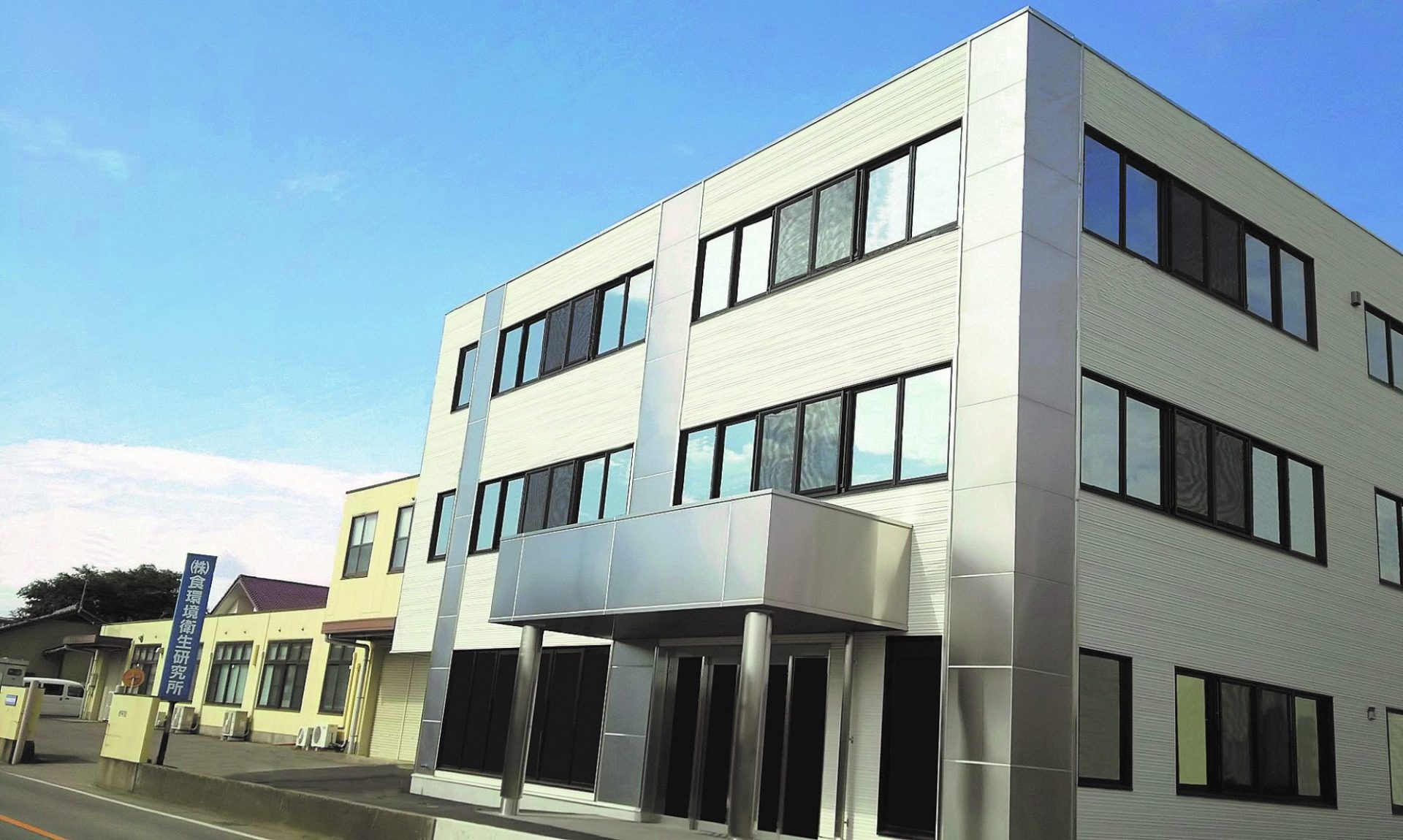最近の推し茎わかめです。

コンビニで手軽に買えるこの茎わかめ、某ハンバーガー屋さんのあのピクルスの味がします。
これにあのお店のポテトの香りが漂ってきたら完璧あのハンバーガー屋さんです。
あのハンバーガー屋さんのピクルス好きさんは必見です。
どこかにあのポテトの香りの商品など売ってないでしょうか。
ARC/いし
食環境衛生研究所 の従業員が書き込むブログです
最近の推し茎わかめです。

コンビニで手軽に買えるこの茎わかめ、某ハンバーガー屋さんのあのピクルスの味がします。
これにあのお店のポテトの香りが漂ってきたら完璧あのハンバーガー屋さんです。
あのハンバーガー屋さんのピクルス好きさんは必見です。
どこかにあのポテトの香りの商品など売ってないでしょうか。
ARC/いし
食品分析課のMです‼
息子が今週、2泊3日の修学旅行(小6で京都旅行は羨ましすぎるのですが・・・)で自由を獲得した私は💖親友と“コナズ珈琲高崎”へ行ってきました‼相当前から行きたかったのですが、なかなか行けず💦行くと決まってからはワクワクが止まりませんでした‼
流石、人気店。週の真ん中水曜日でも大勢のお客様が来店していました‼
パンケーキにするか、ロコモコ丼にするか、ゴージャスなハンバーガーにするか・・・迷ったあげくに
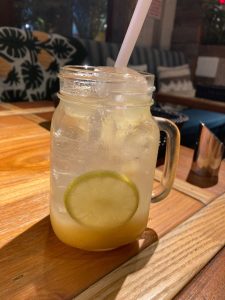
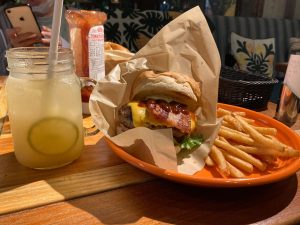
凄く凄く美味しく楽しい時を過ごすことができました‼
今度はパンケーキを注文しようと思います‼
今年の初めくらいから佐野ラーメンにハマっていて制覇に向けてよく食べに行きます。
佐野ラーメンと言ったら、あっさり系のイメージが強いですが、お店によってはガッツリ系もあり、お店によって味が違うので飽きずに食べられます。
先日、佐野ラーメン制覇に向けて佐野市へ🚗
今回行ったお店は、「田村屋」というお店です。
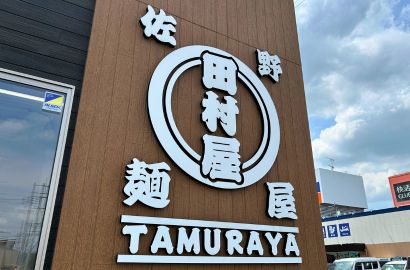
お店に着いたのが13時くらいだったのですが、すでに4~5組くらい待ちがいました。
30分くらい待ってから店内へ。
できたばかりのお店なのか店内はきれいでした。
気温も高く、ビールを一杯!と言いたいところでしたが帰りの運転があるので注文はしませんでした。
今回はラーメンと餃子を注文🍜🥟
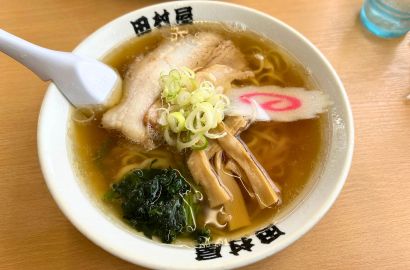
ラーメン
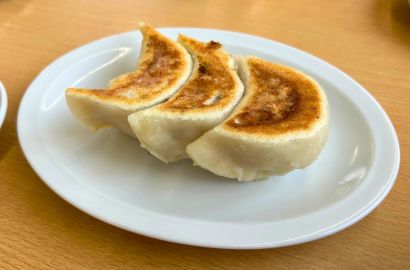
餃子
ラーメンの味は、あっさり系スープに手もみの麺が絡んでとても美味しかったです。
チャーシューは油がのっていて口の中でとろけてしまいました😄
まだまだ知らないお店ばかりで制覇には時間がかかりそうです。
おすすめのラーメン屋がありましたら教えて下さい!
総務 こうちゃん
こんにちは。
4月某日からSwitch2の抽選に応募しておりますが、
当選の連絡はありません、どうしてでしょうか。
悲しみを抱えつつとうとう発売日が過ぎてしまいましたが、
そんな私の心の支えとなり、救済してくれる出来事がありました。
ニンテンドーミュージアムの当選です。
ご存じでしょうか、ニンテンドーミュージアム。
京都は宇治にあるのですが、
任天堂の歴史や体験、そこでしか購入できない物などがあり、
任天堂のゲーム好きにとってはたまらない場所です。
詳しくはこちら↓↓
https://museum.nintendo.com/index.html
こちら昨年の10月にオープンしたのですが、
いまだに抽選に当たった人でないと入館できません。
旦那と二人で応募したのですが、
6月分が当たった(私が当てた)ので
京都観光も兼ねて旦那と行ってきました!
6月なので、梅雨入りを心配していましたが
こちらの心配などつゆ知らず、圧倒的に晴れ。
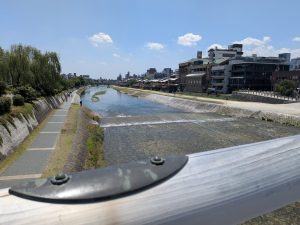
三条大橋から望む鴨川です、天気がいいですね。

こちらは先斗町(読めますか?)
細い小道にお店が連なっている通りで、
以前は花街として賑わっていたそうです。

平日ですが流石インバウンドが爆発した都市、
至る所外国人ばかりです。
まるで、日本にいないかのような錯覚に陥ります。
任天堂摂取の旅の手始めに、まずはNintendo Kyoto へ。

高島屋の中にあるのですが、1階からいきなりのお出まし。
迫力あっていいですね。
実店舗は7階にあります。

当日がSwitch2発売日故なのか、
マリオカートワールドの試遊会が行われていました。
見つけた瞬間吸い寄せられ、気が付いたら試遊会に並んでいました。
コンピューター20人、人間4人での対戦を行ったのですが、
旦那含め一緒にやった方々が割とガチ寄りのため、
エンジョイ勢の私はヒーヒー言いながら走り抜けました。
結果は6位という何とも言えない結果(24人中なので悪くはありませんが)
他3名は、見事トップ3を飾っていました。
白熱した試遊会を終え、興奮冷めやらぬ間に屋上へ。

ゴールポールマリオが登場です。
タイミング良く誰もいなかった場面でパシャリ。
勿論スタッフさんにしっかりマリオと同じポーズで撮ってもらいました。


屋上の窓ガラスもかわいい装飾になっています。
正直この段階で、かなり満足度が高く
ミュージアムに行っていないのにもうお腹いっぱいでした。
その後、近くのポケモンセンターキョウトへ。
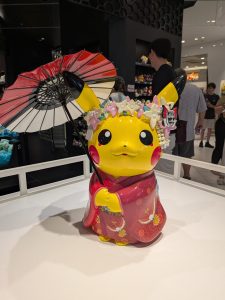
かわいい舞妓はんピカが出迎えてくれます。
また、ポケモン金銀に登場する舞台、ジョウト地方は
関西をモデルにしているため金銀の看板ポケモンでもある
ホウオウとルギアのモニュメントもありました。


これでも初日です。
メインコンテンツはまた次回のブログで。
臨床検査課 ib
動物ラボラトリー事業部 スキー部 N川さんに引き続き、
うちの愛鳥の紹介をさせていただきます🐦
錦華鳥(キンカチョウ) 1歳♂ 愛称「とり」
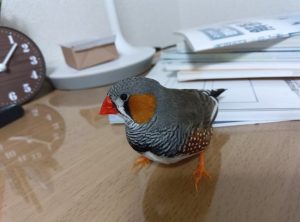
娘に素敵な名前を付けてもらったにもかかわらず、みんなから「とり~💕」と呼ばれ可愛がられています
水浴びが大好き
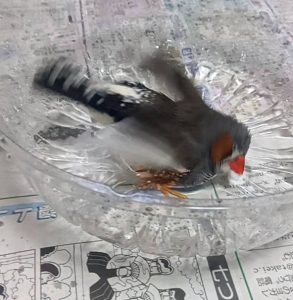
ひとしきりぴちぴち💦とした後は、
手の中でもみくちゃにされてうっとり満足げな「とり」です
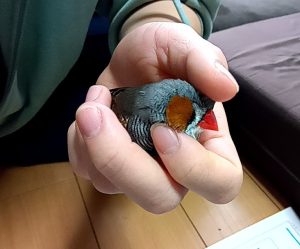
♂のキンカチョウは、『さえずり♪』にその個体ごと独自の鳴き方をもっていて、
そのオリジナルソングで♀のキンカチョウにアピールするそうです
ちょっとロマンチックですね💕♬
ARC/ツ
お疲れ様です。釣り部の渡辺です。
先日、皆様のご協力も有って名前が決まりました釣り部の船「アルバトロス」が初出船となりました。
スケジュールの都合もあり釣り部のメンバーは参加できませんでしたが、会長と船を譲ってくださったKさんのベテランお二人による、新潟・村上での1泊2日釣行。
初日はサビキを中心に、タイラバやジグも織り交ぜた五目釣り。アジ、キジハタ、エソなど、色々な魚が釣れたようです。
翌日は、朝に釣れた小アジを使っての泳がせ釣りに挑戦し、見事にKさんがブリを釣り上げ初出船をめでたく締めくくりました!
Kさんおめでとうございます!
次回こそは我らが釣り部メンバーも乗船して大物を狙っていきたいです。
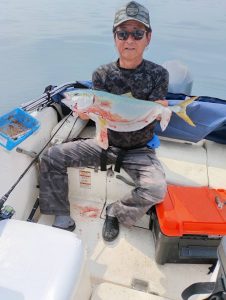
食品分析課のMです‼
今回が最後ですので我慢して読んでいただけると幸いです。💦
今回は自分へのお土産で宇宙食を買ってみました(結構高額で悩んだのですが、主人と半分ずつという事で💦)

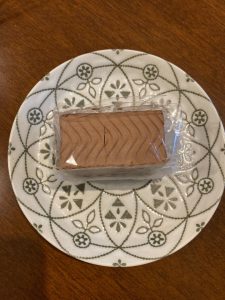
一口で食べられるサイズ💦すごく美味しかったのですがパッサパサでした。水分が欲しくなります。宇宙には一回でいいから行ってみたいのですが、食事は期待できないな・・・と感じました。
一度でいいから宇宙から青い地球がみたいです‼
月初に収穫した梅で仕込んだ梅シロップが
そろそろいい感じになってきました!
暑くなってきたので、夏バテ防止に活用したいと思います。
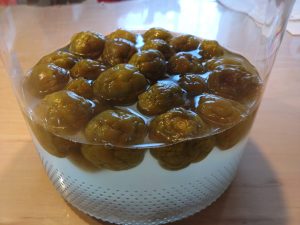
ビワがたわわに実っているので、この週末はビワしごとをしたいと思います。
ARC/S
食品分析課のMです‼
今回は“はやぶさ”の当時の世界初へのチャレンジを紹介します‼
1.電気推進エンジン(イオンエンジン)稼働⇒3台同時運転は世界初‼
2. 電気推進による地球スイングバイ成功⇒宇宙探査機が地球などの惑星の引力を利用してスピードや進行方向を変える技術です。地球のスイングバイでは、「地球の引力=坂道」のようなもので探査機は地球の近くを通ることで、引力に引っ張られてスピードアップします。なぜ使うのか?それは探査機の燃料を節約できたり、より遠くの惑星や小惑星に短い時間で到達できるからです‼
3. イトカワ(小惑星)にタッチダウンしてイトカワのサンプルを採取⇒小惑星への着陸・離陸は世界初です‼
4. イトカワのサンプルが入ったカプセルが地球に帰還⇒大気圏に再突入して回収できたのは世界初です‼
5. イトカワのサンプル入手⇒小惑星のサンプル入手は世界初です‼
あ、Ver.1では4つと言いましたが5つでした💦
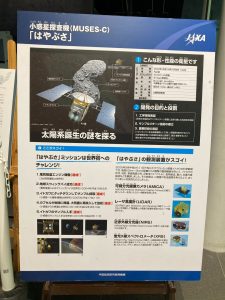
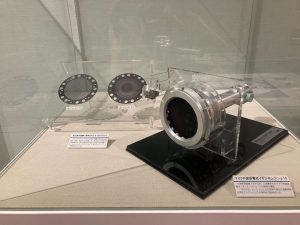
↑これがイオンエンジン‼
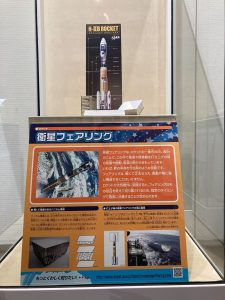
ロケットの一番上の白いフェアリング部分にコンパクトに“はやぶさ”を収納する技術にもとても驚きました‼
私だけ熱く語っていますよね💦
こんにちは。
先日、友人に誘われて人生で初めての登山にチャレンジしてきました。
登ったのは桐生市にある吾妻山。標高も低く、初心者向けの山ということで友人が選んでくれました。
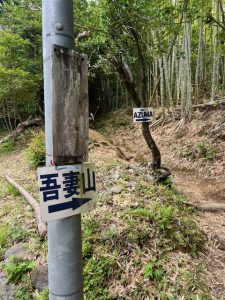
ですが、登ってみると想像以上に本格的で、思っていたよりもずっと大変でした。途中で何回か休憩をはさみながら、何とか山頂まで登りきることが出来ました。山頂からの景色は素晴らしく、大きな達成感がありました。

登っている途中、すれ違う登山者の方々が自然に「こんにちは」と声をかけてくれて、とても心が和みました。知らない人同士でも当たり前のように挨拶を交わすという習慣に、少し感動しました。山ならではの空気感なのかもしれませんね。
下りは登りとは違った大変さがあり、特に足への負担が大きくてしんどかったです。
「膝が笑う」という感覚を初めて味わいました(笑)
そんなこんなで大変なこともありましたが、全体的にとても楽しかったのでまた行きたいと思いました。
もっと体力をつけて万全な状態で今度は別の山にも挑戦したいです。
臨床検査課 kじま
